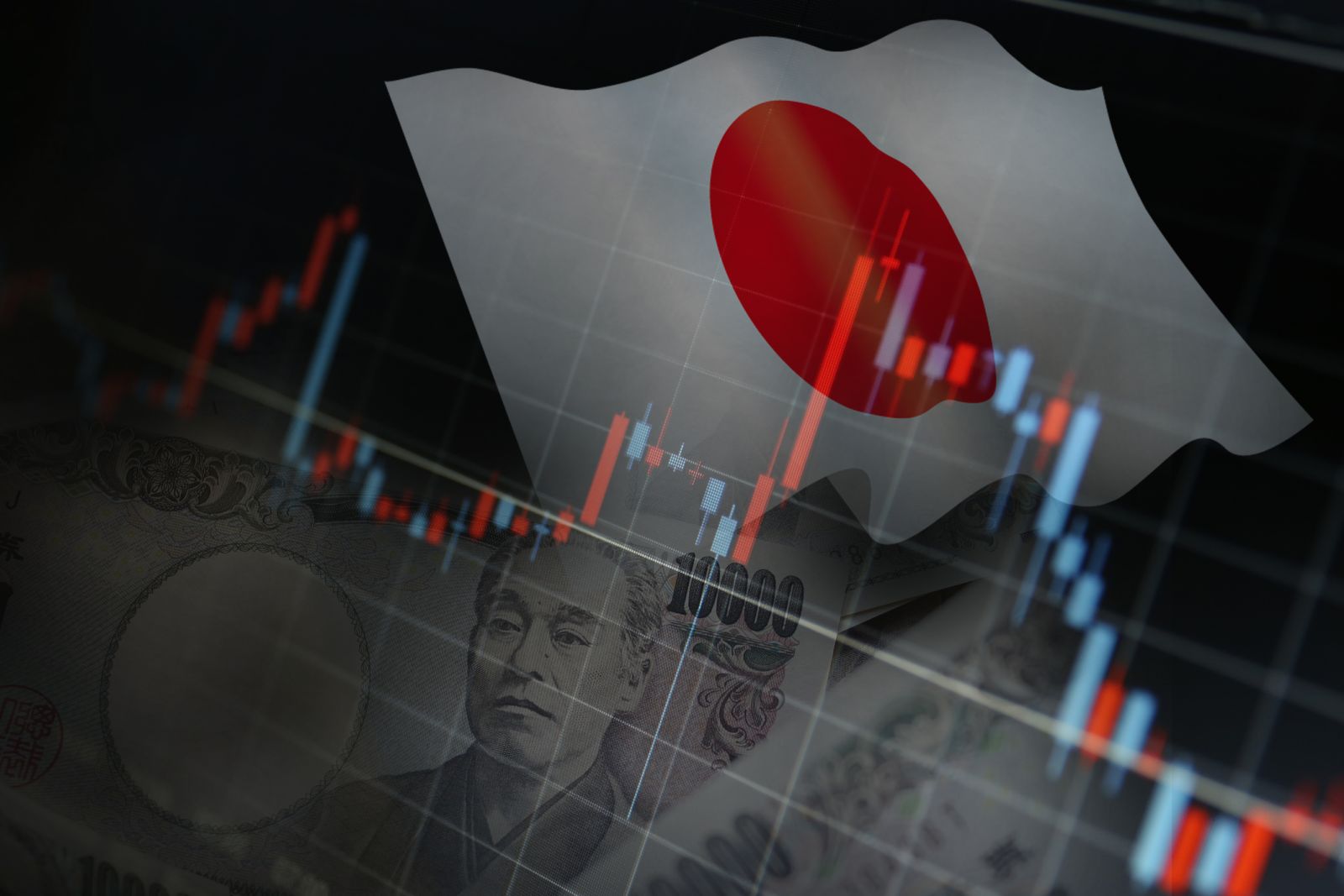
Japanese stocks have cooled a bit from their red-hot pace. Last week, the broad Topix Index ($TOPX) was down nearly 10% from its March peak.
However, the mini-correction looks like it has run its course. Japan’s stock market is rebounding nicely, thanks to Japanese companies increasing dividends and share buybacks at a record pace.
Among companies that had reported earnings by May 10, 53% announced plans to raise their dividends in the current fiscal year. The announcement of share buybacks is also at an all-time high. Firms announced $7.7 billion worth of share buybacks in April, which was a record for the first month of a fiscal year, according to Goldman Sachs (GS).
The increased payouts to shareholders come in the midst of a high-pressure campaign by the Tokyo Stock Exchange for companies to improve their capital efficiency and valuations.
There are a number of sectors that are participating in the payout bonanza. Let’s look at a few.
Japanese Banks
Japan’s largest banks predict reaping combined record profits of more than $21 billion for the fiscal year started in April, after the country’s central bank - the Bank of Japan (BOJ) - ended its policy of negative interest rates that has been in place since 2016.
These banks include: Mitsubishi UFJ Financial Group (MUFG), Sumitomo Mitsui Financial (SMFG), and Mizuho Financial Group (MFG). These three banks alone are forecast to earn $19.324 billion in combined profit this year.
These banks are benefiting from an earnings boost following the Bank of Japan’s policy shift in March. Big banks, including these three, have about 200 trillion yen ($1.289 trillion) at the central bank reserve, and with the annual 0.1% interest on the amount beyond the minimum requirement, they earn about 200 billion yen ($1.289 billion).
The end of the BOJ’s negative rate policy raised Sumitomo Mitsui’s net interest income by 40 billion yen ($257.5 million), and it will gain a similar amount for each increase of 10 basis points in the policy interest rate.
Both Mitsubishi UFJ and Sumitomo Mitsui plan to buy back about 100 billion yen (nearly $644 million) worth of their own shares. Sumitomo Mitsui also plans to raise its dividend by 60 yen to 330 yen ($2.13) per share.
Japan’s biggest broker and investment bank, Nomura Holdings (NMR), saw its net profits surge almost 670% from a year earlier in its latest quarter.
That is largely thanks to Japanese stocks finally eclipsing their 1980s bubble-era high. The surge in stock trading helped Nomura increase annual profits for the first time since 2020.
Sony Group Splits Stock
One of Japan’s blue chip firms - Sony Group (SONY) - also joined in.
The company’s stock climbed by the most in more than 18 months after it announced a share buyback as well as a stock split. And its net income beat estimates in the March quarter.
Shares in Sony rose as much as 12% in Tokyo after the announcement, rebounding to levels prior to reports of its interest, along with Apollo Global Management (APO), in Paramount Global (PARA).
Sony’s results were boosted by its game and network segment, which surged a better-than-expected 170% to a record high in the March quarter. The PlayStation 5 and PC shooter game Helldivers 2 sold more than 12 million copies in its first 12 weeks on sale, making it one of PlayStation’s fastest selling games.
The company plans to buy back up to 2.46% of its shares for as much as 250 billion yen ($1.61 billion). The company is also conducting a five-for-one stock split, effective October 1, 2024. The stock split will make it easier for Japanese retail investors to buy the stock.
How to Invest in Japan's New Era
The reason to invest in Japan is that it is finally - after decades - becoming a “normal” economy again. It took advantage of a once-in-a-lifetime historic opportunity to exit from deflation. Prices in Japan began to rise from the spring of 2022, following the twin shocks of the COVID-19 pandemic and Russia’s invasion of Ukraine.
Wages and markets soon followed. Japan’s largest employers agreed to increase wages by an average 5.3% during this spring’s pay negotiations, the biggest increase since 1991.
And in February, the Nikkei 225 ($NKY) finally surpassed a previous peak reached 34 years ago. The following month, the Bank of Japan ended negative interest rates, raising borrowing costs for the first time since 2007.
As shown above, corporate Japan is also becoming ‘normal’ and embracing the concept of increasing shareholder returns via dividends and buybacks.
I believe there is a lot more to come in terms of gains for Japanese stocks in the months ahead.
You can participate in Japan’s renaissance through buying some of the stocks I’ve mentioned, or through a Japan ETF. However, I would stick with an ETF that hedges the currency risk, since the Japanese yen has been weak this year.
A good choice here is the WisdomTree Japan Hedged Equity Fund (DXJ). It is up 23.6% year-to-date, 43% over the past 52 weeks, and 124% over the past five years. DXJ is a buy at its current price, around $109.








